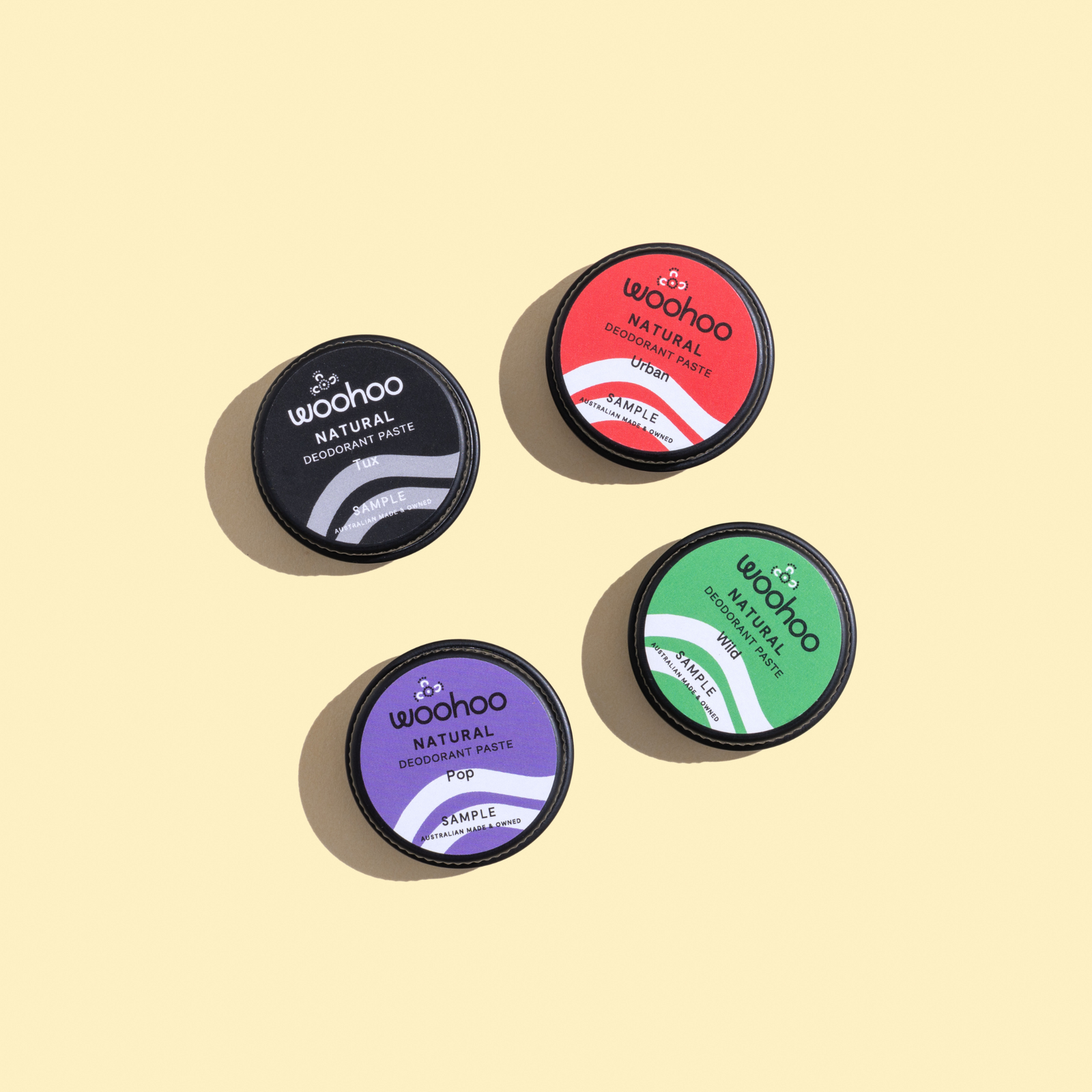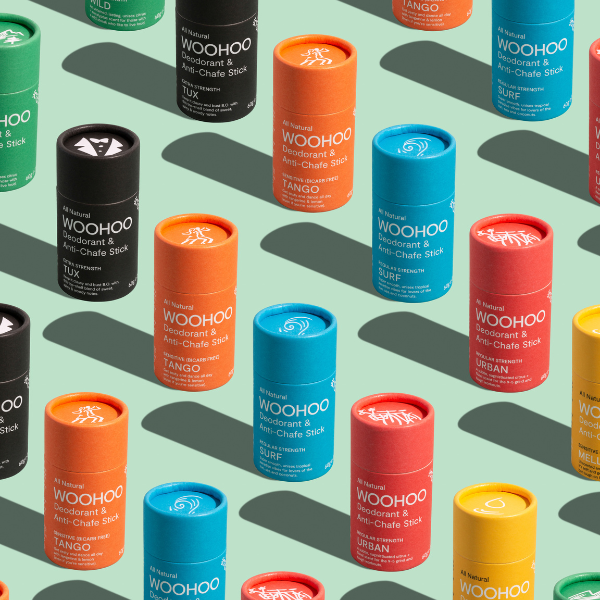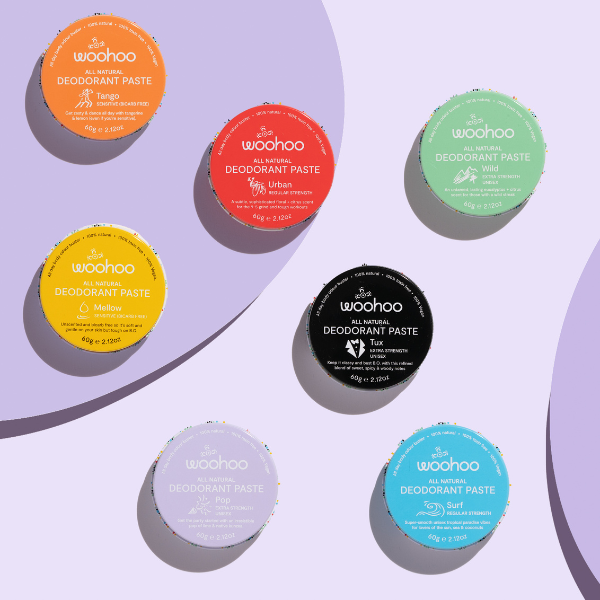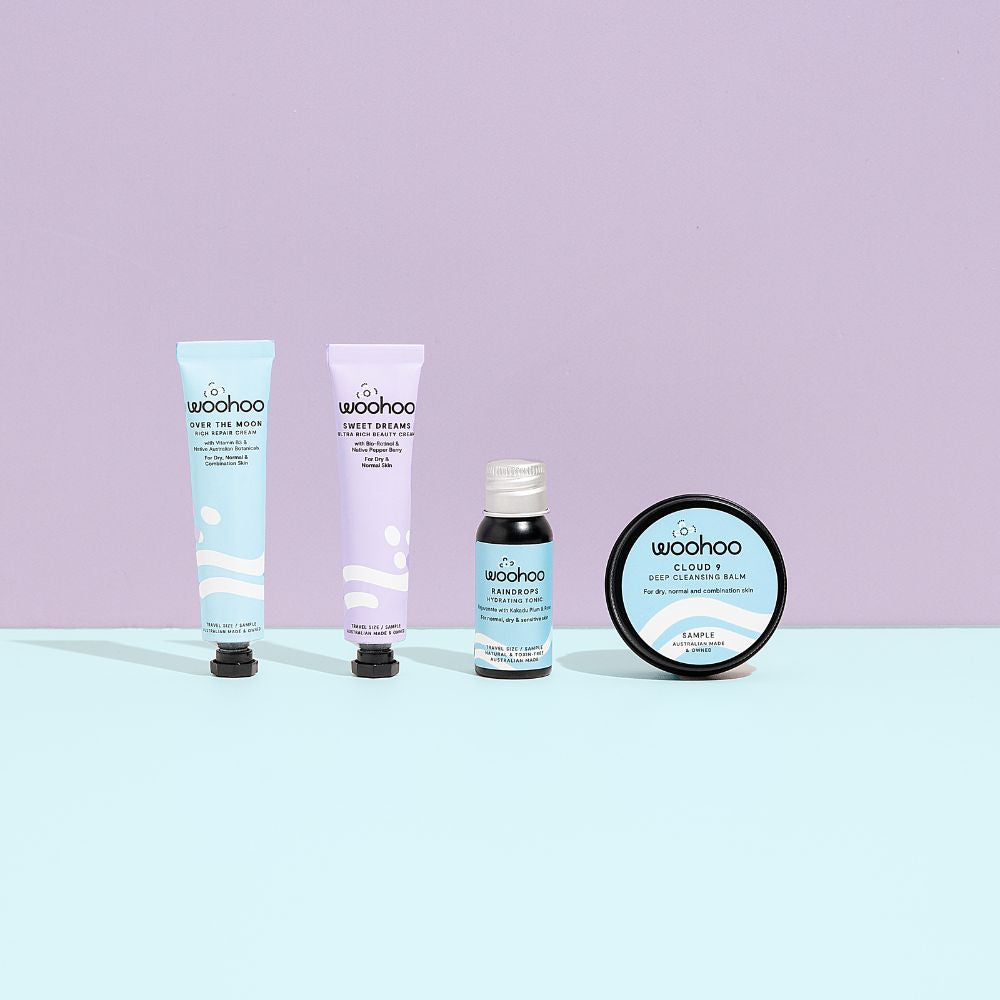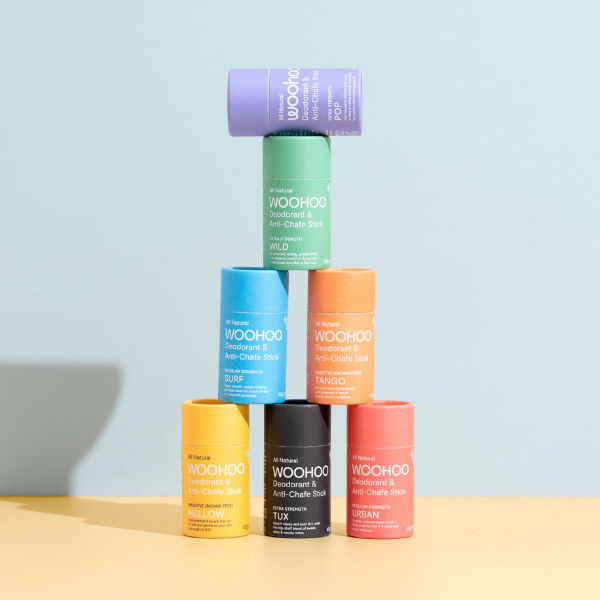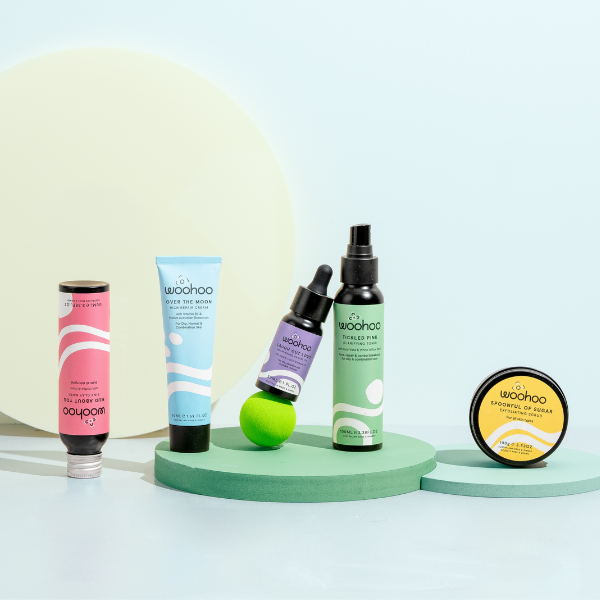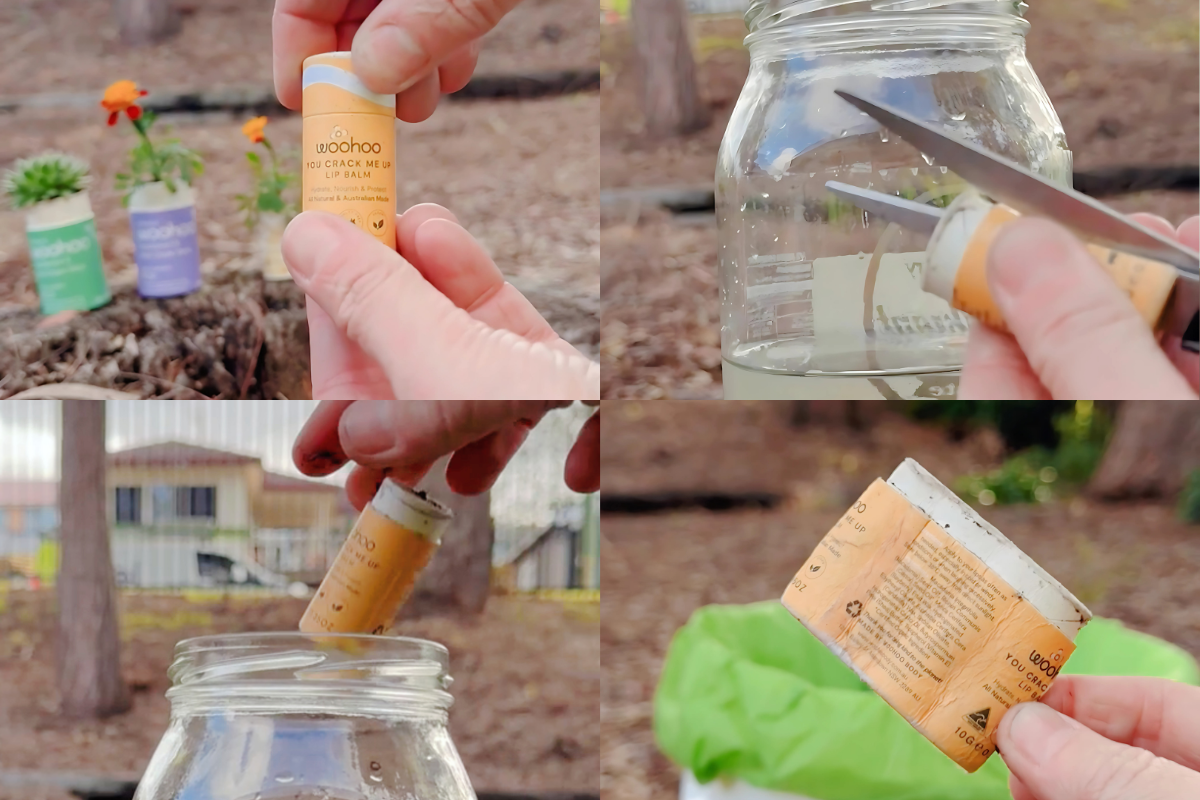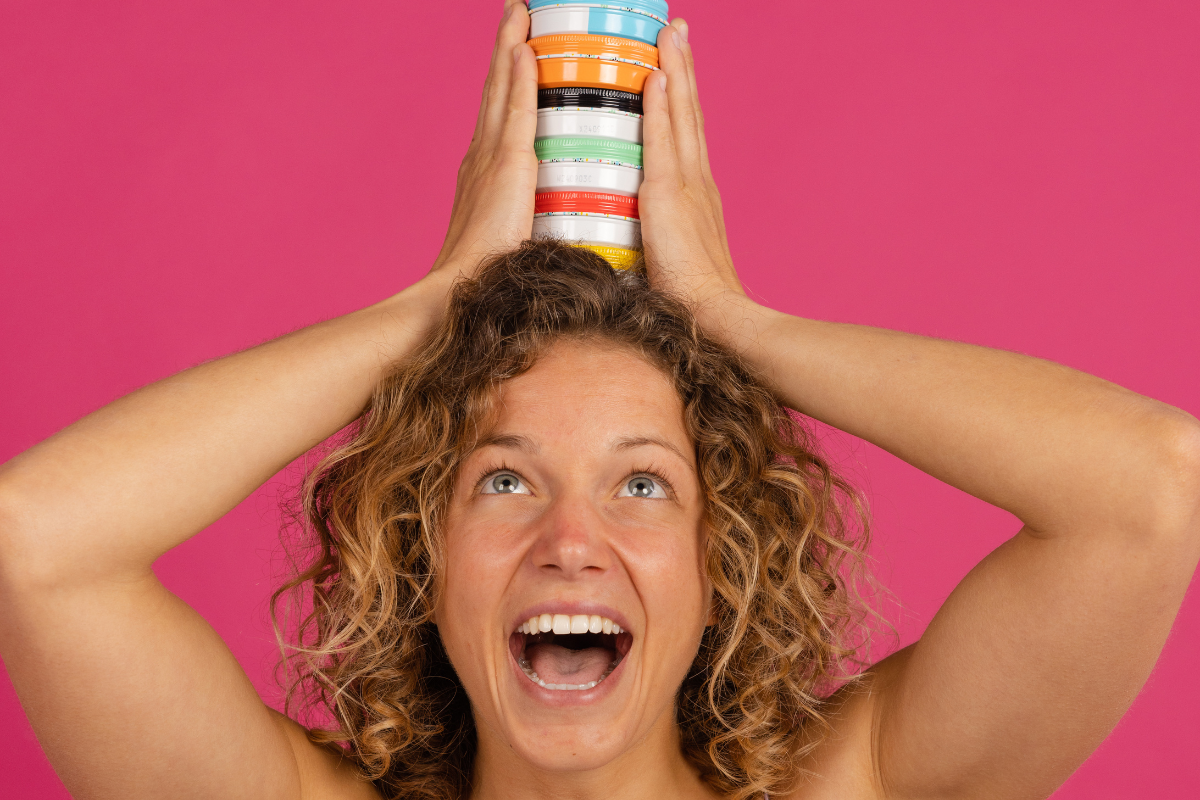It was time to make the 10am coffee.
Turn machine on - check
Biodegradable pod - check
Rad Dad coffee mug - check
Um - how long has the coconut milk been open for? Smells ok, just roll with it.
Coffee made, milk frothed, sit down to take that 1st sip and phhhhsssssssss - Yuk!!
Coconut milk had turned :(
We hope Aaron’s not alone because it is not the 1st time he has played russian roulette with an expiry date - and he’s on a losing streak!
Expiry dates are just a guide
You're already familiar with expiry dates and best before dates on food and truth be told they’re really just a guide. For example your Himalayn Pink Salt has been buried for 1000 years but you only have until June to use it - what the!?
Sometimes food can last well beyond the expected use-by date and other times need throwing out well before. It all comes to the quality of the product and quality of the storage.
The same applies to all your personal care products, but it can be a bit tricky because:
In Australia cosmetic products don’t need to have an expiry date
Yes it’s true - in Australia cosmetic products don’t need to have an expiry date displayed. But when a cosmetic chemist (that’s Aaron) develops a formula the goal is for that formula to last *unopened* in the bottles on a shelf at room temperature for 2 years. Minimum. From a manufacturer’s point of view, the longer it lasts, the better!
After all, the last thing we want is for you to be contacting us telling us that your favourite moisturiser has split. Or that your cleansing balm is growing mould. Ewww. So before launching a product cosmetic chemists put products through a stability test.
Stability tests place the product under stress from heat, light, air and bacteria to see if it can survive. If the product changes colour, changes texture, separates, smells different or starts growing stuff before it should then the formula needs tweaking. And that is why it can take a while to get a new product ready for launch, especially if it takes 20 formulas to get it right. It might look and feel amazing when it’s freshly made, but if it fails stability testing then we go back to the drawing board.
How long have I got to use a product once it’s opened?
Just like how a banana will go brown over time, all products lose efficacy (or effectiveness) over time. This degradation speeds up as soon as the product is opened and air is let in. You will see some products display a Period After Opening symbol to let you know how long you should use it once you have cracked the seal.
You can see an example of this symbol in the picture below. This one is telling you that you need to use your product within 6 months of opening.

The Period After Opening (PAO) information becomes most important when products contain botanical extracts and active ingredients. These little darlings are usually the most volatile and don’t like being exposed to heat, light, air and bacteria.
Again this PAO symbol is a guide only. If you take good care of the product then it could last much longer. And on the flip side, if you don’t care for it then it might last for a much shorter time.
Excessive heat, moisture, light and bacteria will all make you favourite serum head to garbage town in double time. So bathrooms are not a good choice as they are hot, steamy and open to an unwelcome finger which has touched a toilet. Hot cars on a summer day are also bad juju for cosmetic products. For example a product may last 2 years if kept under 30C but if it spends 4hrs in a car at 60C it is all over red rover.
Regardless of any symbols or expiry recommendations if you see any sign of spoilage (usually colour or aroma changes) then it's time to ditch it.
Tips to prolong the shelf life of your skincare products
Our top tips to make sure your products last the distance are:
- Always have clean, dry hands.
- Put your lids and caps back on properly.
- Store your products as directed - this is usually a cool place away from light, heat, humidity and dirty prying hands (aka 2yr olds and husbands) will usually do the trick.
- You could stash *some* products in the fridge to avoid having them spoil (read on for more on this!).
Should I put my skincare products in the fridge?
Some people like to put their products in the fridge to prolong their life and sometimes that can be really beneficial, but other times it might cause more problems than you might think.
When a product goes from very cold to very hot and back again a few times it gets put under a lot of stress, especially products that contain both water and oil like creams. During temperature changes the emulsifiers have to work very hard to keep the water and oil together as a cream and prevent them from splitting. If you're regularly putting your products under this kind of stress it is just going to cause problems in the long run.
It's good to think of your skincare products like eggs. It's OK to refrigerate them, but once they've been refrigerated it's best to keep them cool all the time.
In an ideal world we'd all have little skincare fridges that are kept at 15 degrees C and our products would last forever. We can dream can't we? ;)
Have you got any tips? We'd love to hear them - leave a comment below :)

